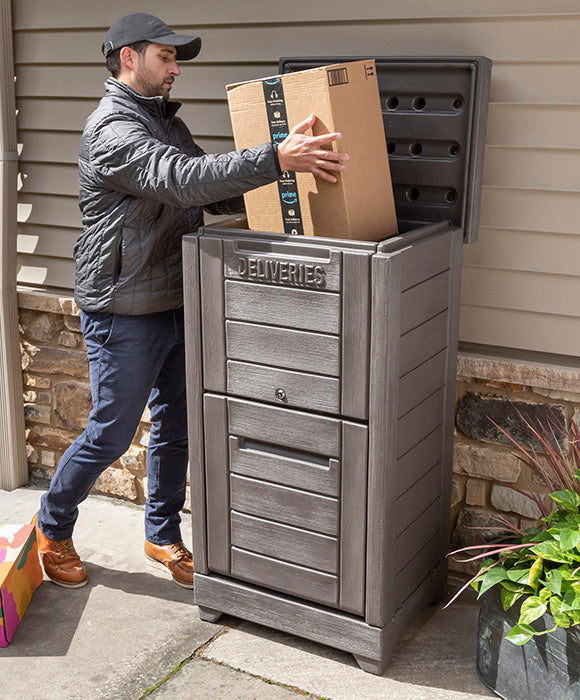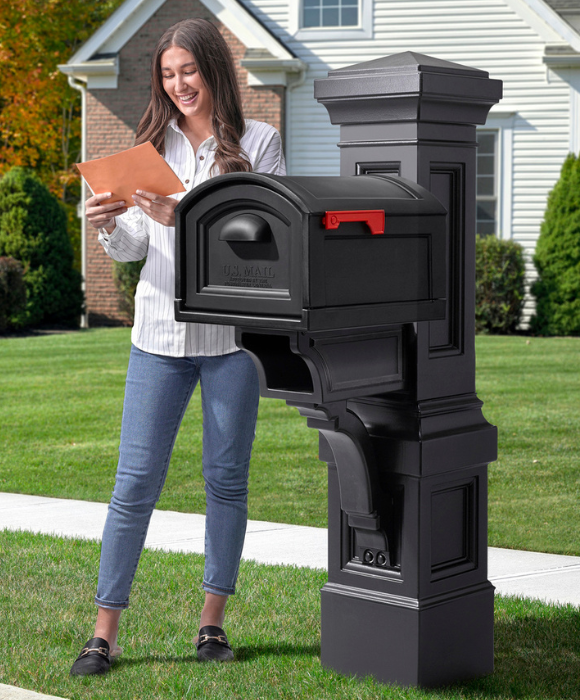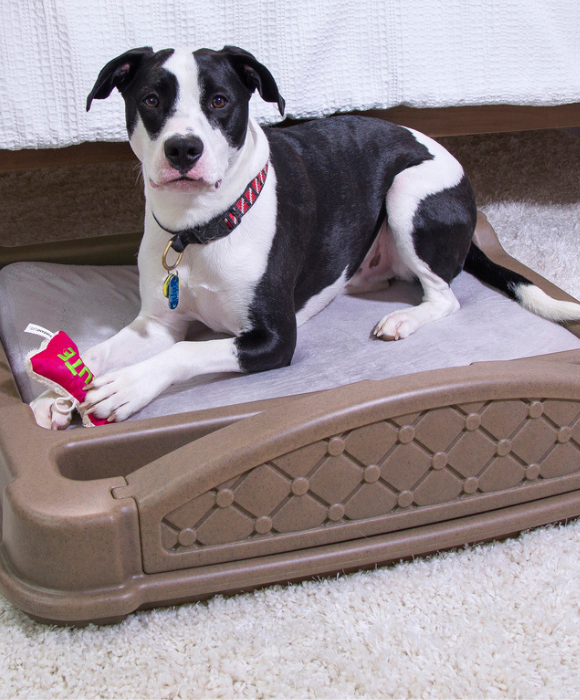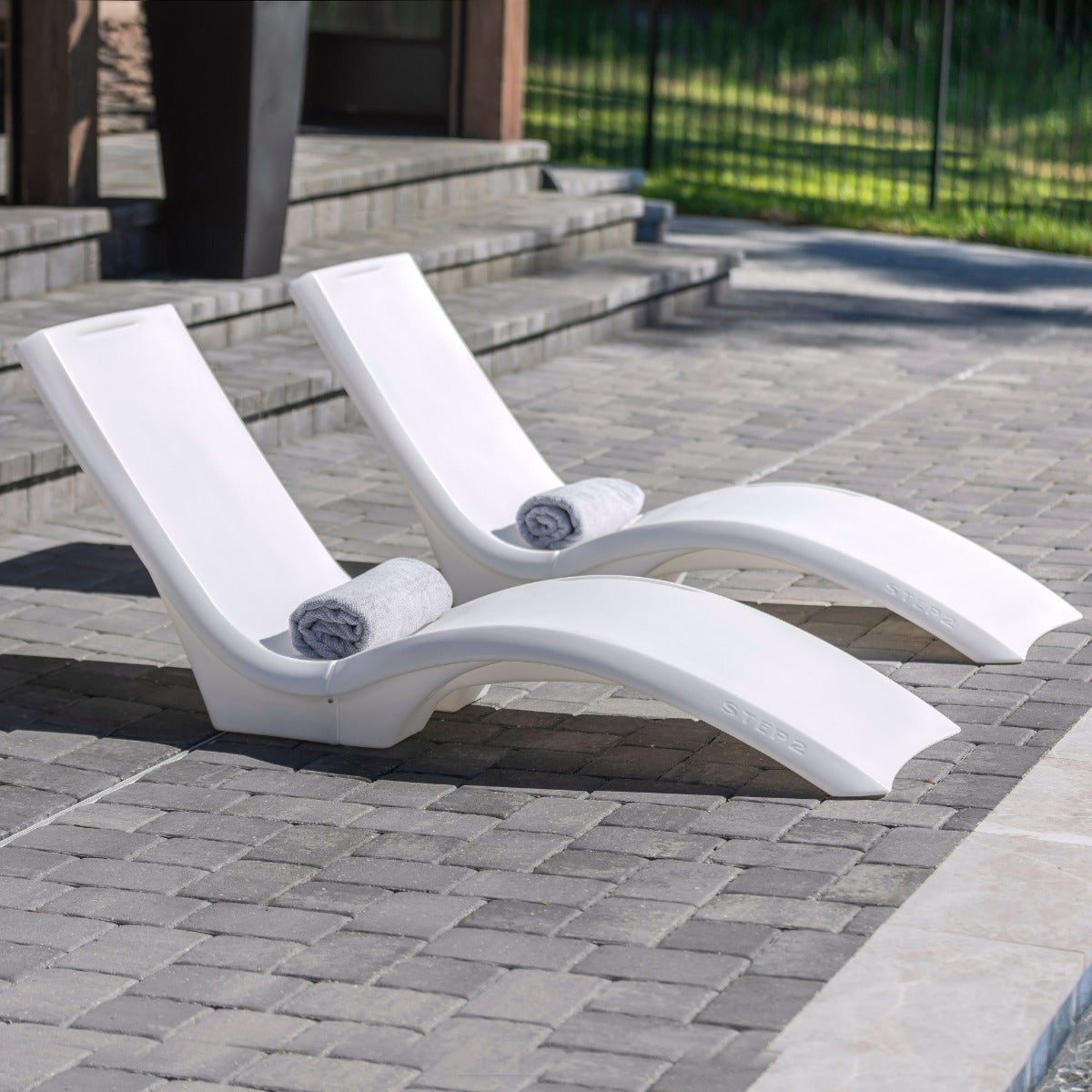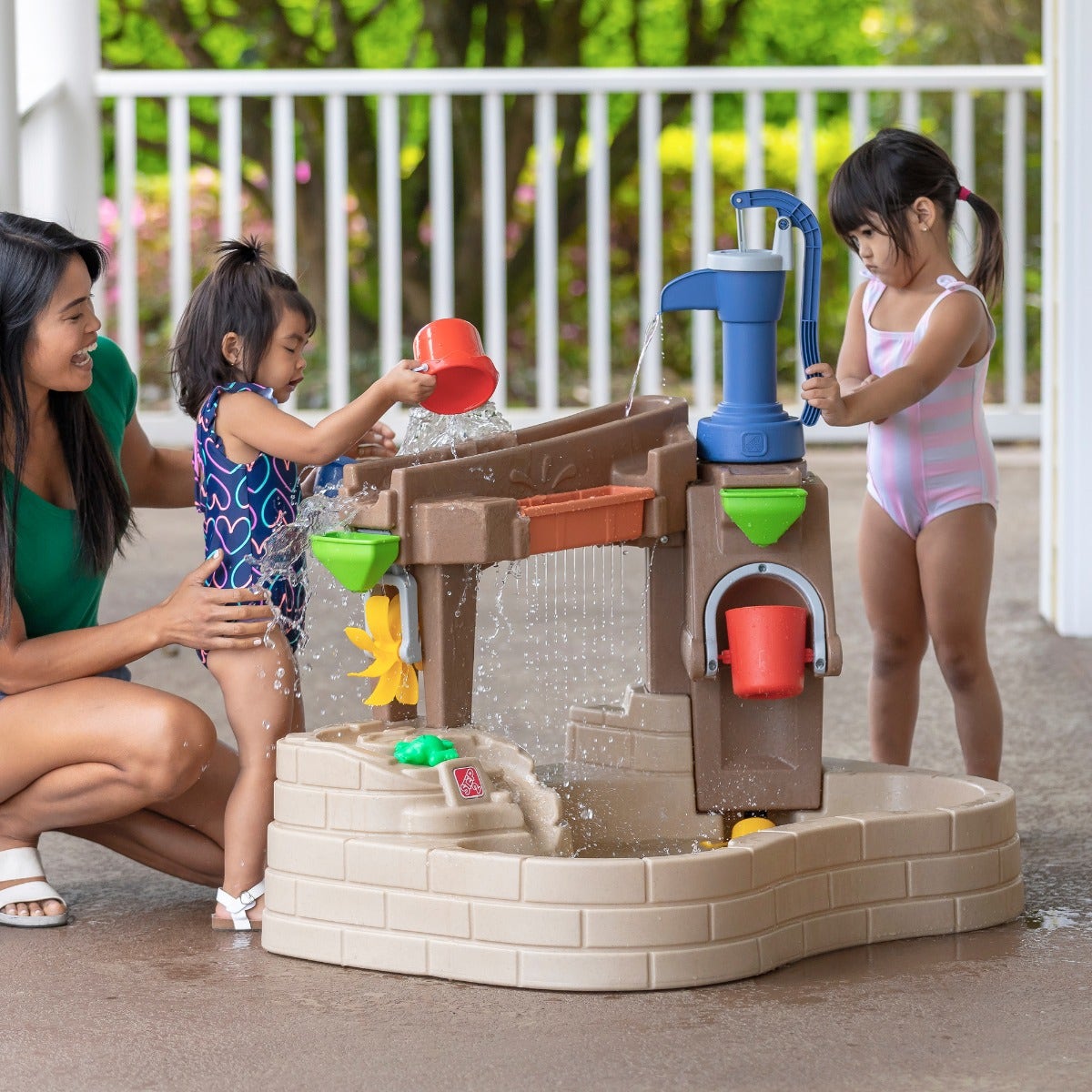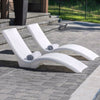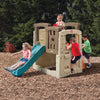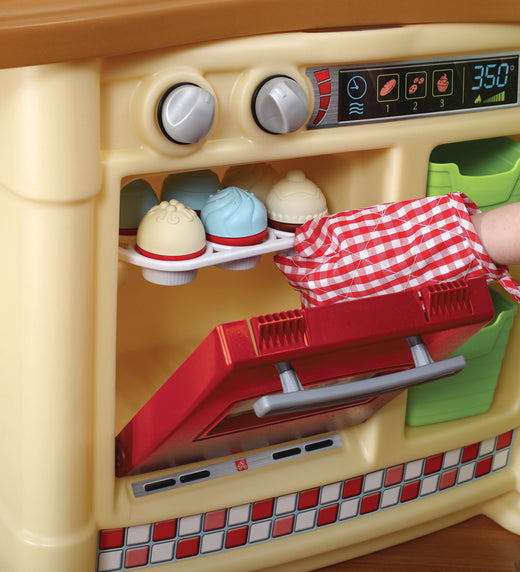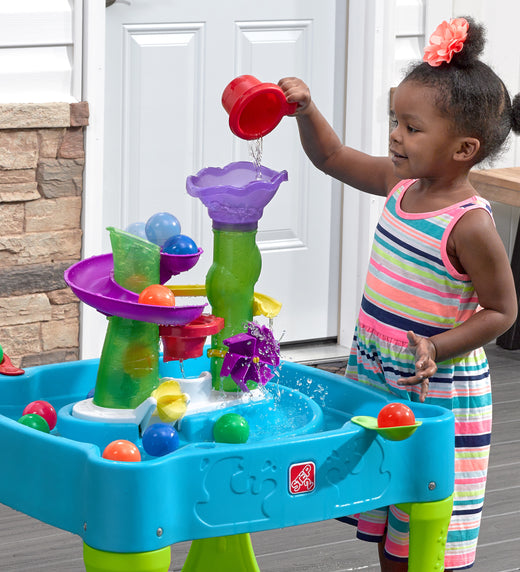Choosing the right toy is essential in determining if it will become a cherished item or if it will sit on a shelf and gather dust. The last thing you want to do is buy a toy that never gets any play. Age appropriate toys are toys that are specifically geared to the developmental stage of the child, corresponding in age and readiness. Children use their imagination and creativity best when they’re playing with an age appropriate toy, because it stimulates their interest and engages their specific developmental level.
There are many indoor toys available for all different ages. The easiest way to determine a child’s readiness for a toy is to refer to the guidelines on the packaging. You’ll often read, “For children ages 2 and up” or “For Ages 3+” on the toy’s package. There is some leeway here depending on the child’s development, but be careful not to choose toys too far above or below the package guidelines or you could be wasting money.
We’ve put together a few tips to help you determine if a toy is age appropriate for a child:
- Many toys prohibit use by younger children. This is usually for safety reasons – it’s possible the toy contains small parts children can choke on. Be aware of this when making a purchasing decision.
- Think about what the child is currently capable of doing – is she a two-year-old who is capable of getting onto a riding toy and scooting around? Is he a six-year-old who would love creative play in outdoor toys like a sandbox, or indoor toys like musical instruments or a pretend kitchen? Sticking to their developmental interests is a sure way to keep them engaged.
- Always choose toys that encourage children to use their imagination in fun and creative ways. By choosing toys that encourage creativity, you are choosing toys that will hold your child’s interest for a long period of time. For children two and up, consider toys that allow the child to pretend – whether it’s indoor toys like a kitchen or playhouse or an outside toy like a lawnmower or grill. Children love to emulate what they see around them, so let them.
- Choose toys that encourage activity. Children love to climb, slide and ride. Be sure to check out toys you would normally consider “outdoor toys”, as many are small enough to be suitable as indoor toys.
- Check out a toy before purchasing and evaluate what you think its durability will be. If a toy won’t hold up to playtime, it’s not worth the money.


